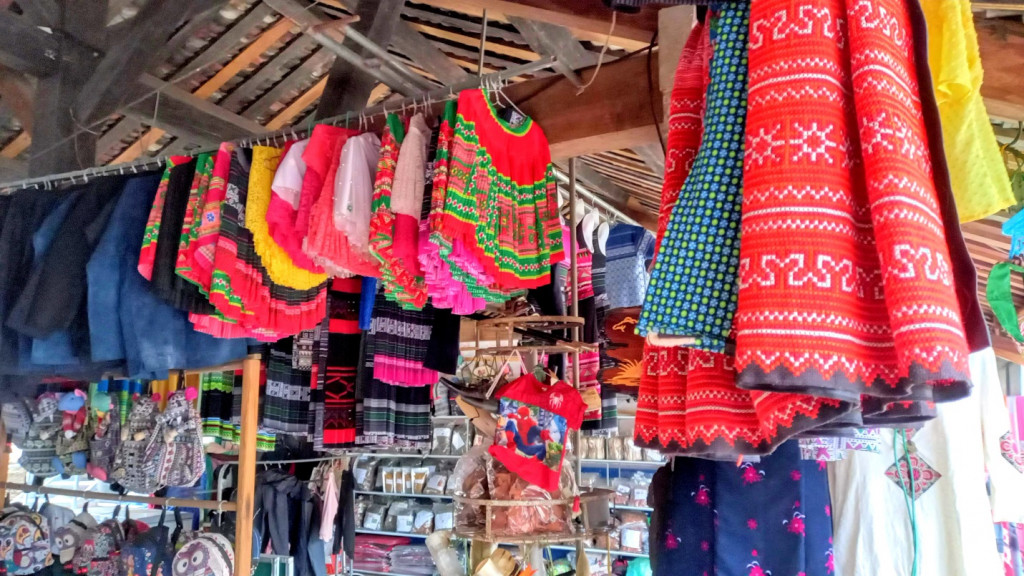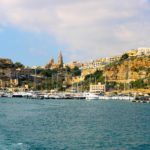The northernmost point of Vietnam is a place of historical significance and breathtaking natural beauty. Marked by the iconic Lung Cu Flag Tower, this remote destination represents the pride and sovereignty of the Vietnamese people. Located in Ha Giang province, Lung Cu is not just a geographical landmark but also a gateway to rich ethnic cultures and stunning landscapes. A journey to this northernmost point offers an unforgettable adventure, from scenic mountain roads to bustling local markets like Dong Van Market, where travelers can experience the unique traditions of the region.
Contents
Reaching the northernmost point of Vietnam
Reaching Lung Cu Flag Tower requires a thrilling journey through the winding roads of Ha Giang. Most travelers begin their trip in Ha Giang City and follow the legendary Ha Giang Loop, passing through spectacular mountain passes and traditional villages. The drive to Lung Cu is both challenging and rewarding, with breathtaking views at every turn. The last stretch of the journey consists of a steep road leading to the base of the flag tower, where visitors must climb 389 stone steps to reach the top. From here, the sight of the Vietnamese flag waving against the vast mountainous backdrop is truly awe-inspiring.

Journey to Vietnam’s northernmost point for stunning landscapes
Lung Cu Flag Tower: A symbol of national pride
Standing at an altitude of nearly 1,700 meters above sea level, Lung Cu Flag Tower is the ultimate highlight of any journey to the northernmost point of Vietnam. The tower itself is 33 meters high, with a massive Vietnamese flag flying proudly at the top. Visitors who make the climb to the summit are rewarded with a panoramic view of the rugged karst mountains, deep valleys, and remote villages stretching towards the Chinese border. The site holds deep historical significance, symbolizing Vietnam’s territorial integrity and the resilience of its people.
Exploring Dong Van Market: A cultural encounter
No trip to Ha Giang is complete without a visit to Dong Van Market, a vibrant hub of local life. Held every Sunday, this market is where ethnic minorities from surrounding villages gather to trade goods, share stories, and celebrate their heritage. Travelers exploring the northernmost point of Vietnam will find Dong Van Market a fascinating experience, with stalls selling colorful textiles, fresh produce, and traditional handmade crafts. The market is also the perfect place to try authentic Ha Giang cuisine, including thắng cố (a traditional horse meat stew) and men men (steamed corn flour). Beyond shopping and food, the market offers a glimpse into the daily lives and customs of the H’Mong, Dao, and Tay people.

Explore Dong Van Market for a rich cultural experience
Best time to visit the northernmost point of Vietnam
The best time to visit Lung Cu Flag Tower depends on the experience travelers are seeking. Spring (March to May) brings mild temperatures and blooming flowers, creating a picturesque landscape. Autumn (September to November) is particularly stunning, as the rice terraces in Ha Giang turn golden, providing breathtaking views along the journey. Winter (December to February) offers a different kind of beauty, with mist-covered mountains and a peaceful atmosphere, though temperatures can drop significantly. Summer (June to August) is the least recommended due to heavy rains, which can make the roads slippery and difficult to navigate.
Final thoughts on visiting the northernmost point of Vietnam
A journey to the northernmost point of Vietnam is more than just a geographical excursion; it is a deep dive into the heart of the country’s rich cultural and natural heritage. From the patriotic significance of Lung Cu Flag Tower to the lively atmosphere of Dong Van Market, every aspect of this trip leaves a lasting impression. Whether travelers seek adventure, history, or cultural immersion, Ha Giang’s remote highlands provide an experience like no other, making the journey to Lung Cu an essential part of exploring Vietnam.










